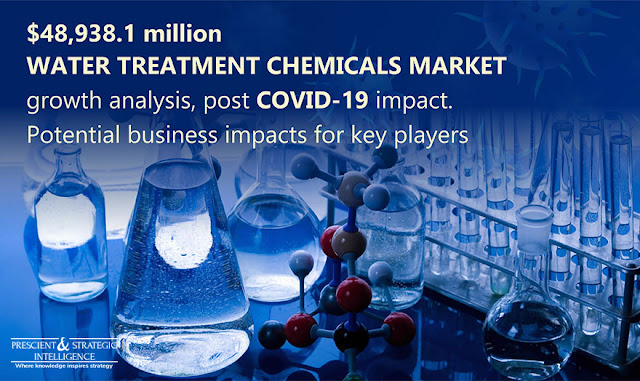Rising Incidence of Waterborne Diseases Driving Sales of Water Treatment Chemicals

Factors such as the rising concerns regarding waterborne diseases, surging desalination activities, and stringent government regulations regarding water treatment are expected to drive the water treatment chemicals market at a CAGR of 5.2% during the forecast period (2020–2030). The market was valued at $48,938.1 million in 2019, and it is projected to reach $85,341.8 million by 2030. Currently, the development of advanced chemical-based water treatment technologies has become a key trend in this market. Moreover, the toughening government regulations regarding water treatment in several countries will also support the water treatment chemicals market growth in the foreseeable future. High-volume discharge of toxic pollutants into freshwater reserves, owing to the rapid industrialization, has made the water unfit for consumption. Due to this reason, governments across the world are emphasizing on enhancing the water quality, by implementing stringent regulatory norms that restric...





